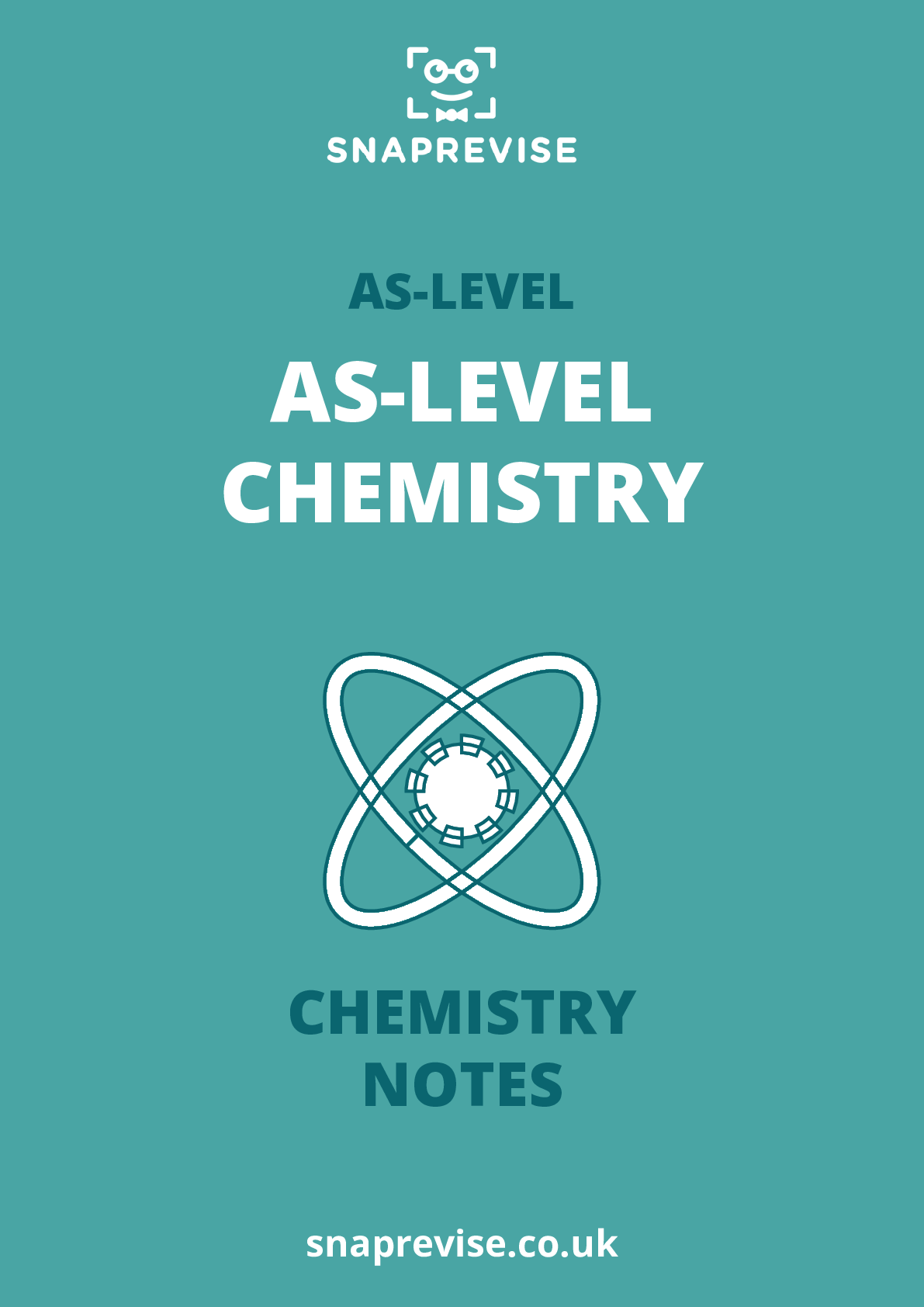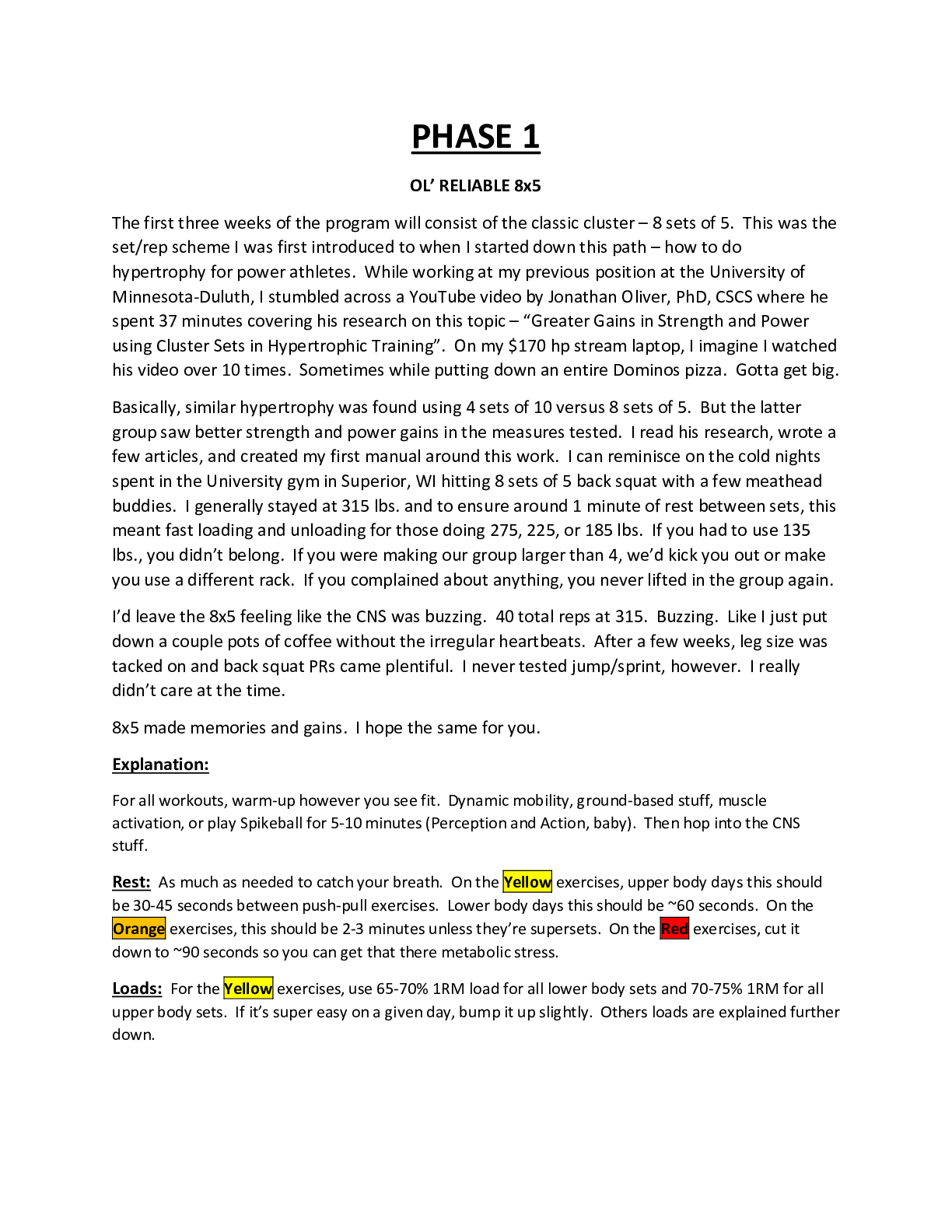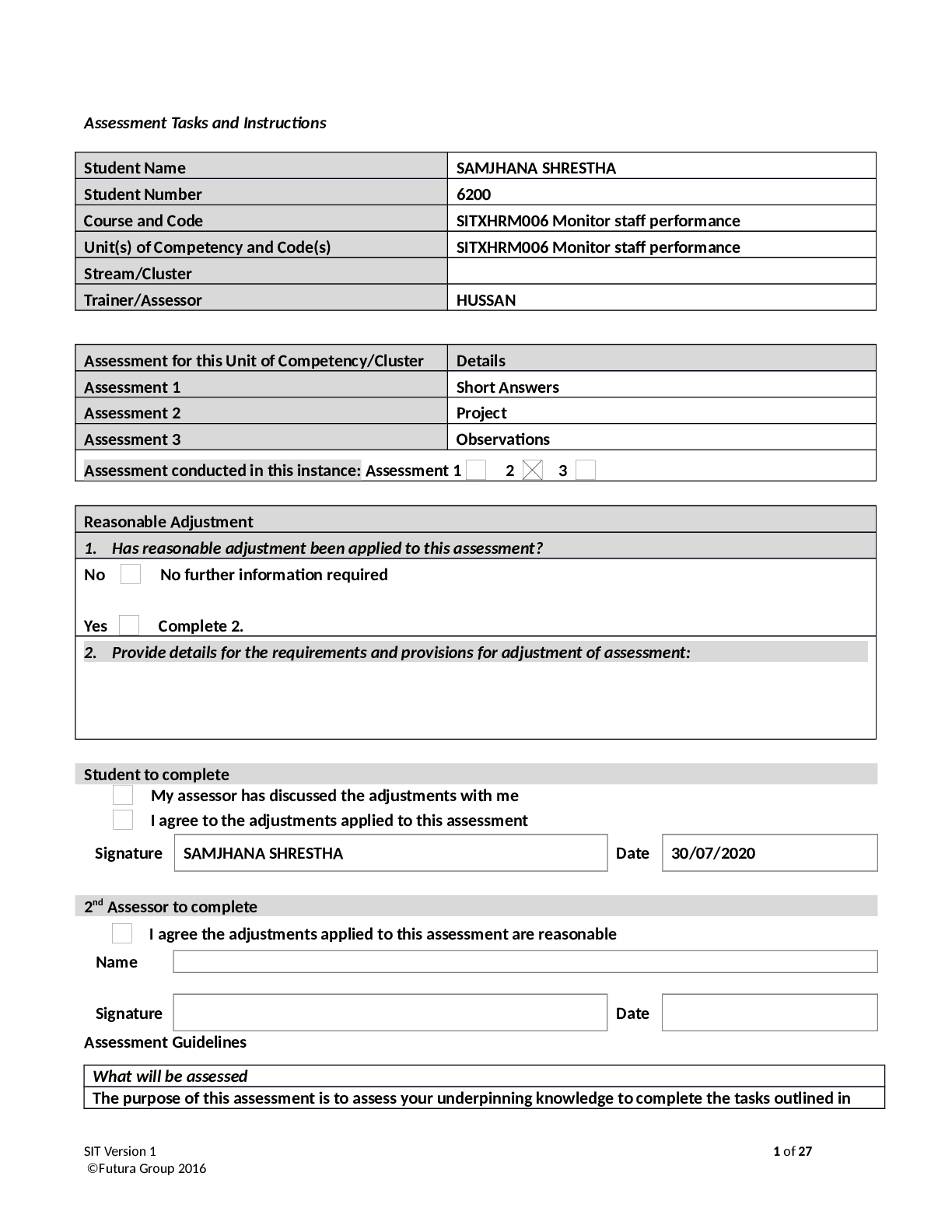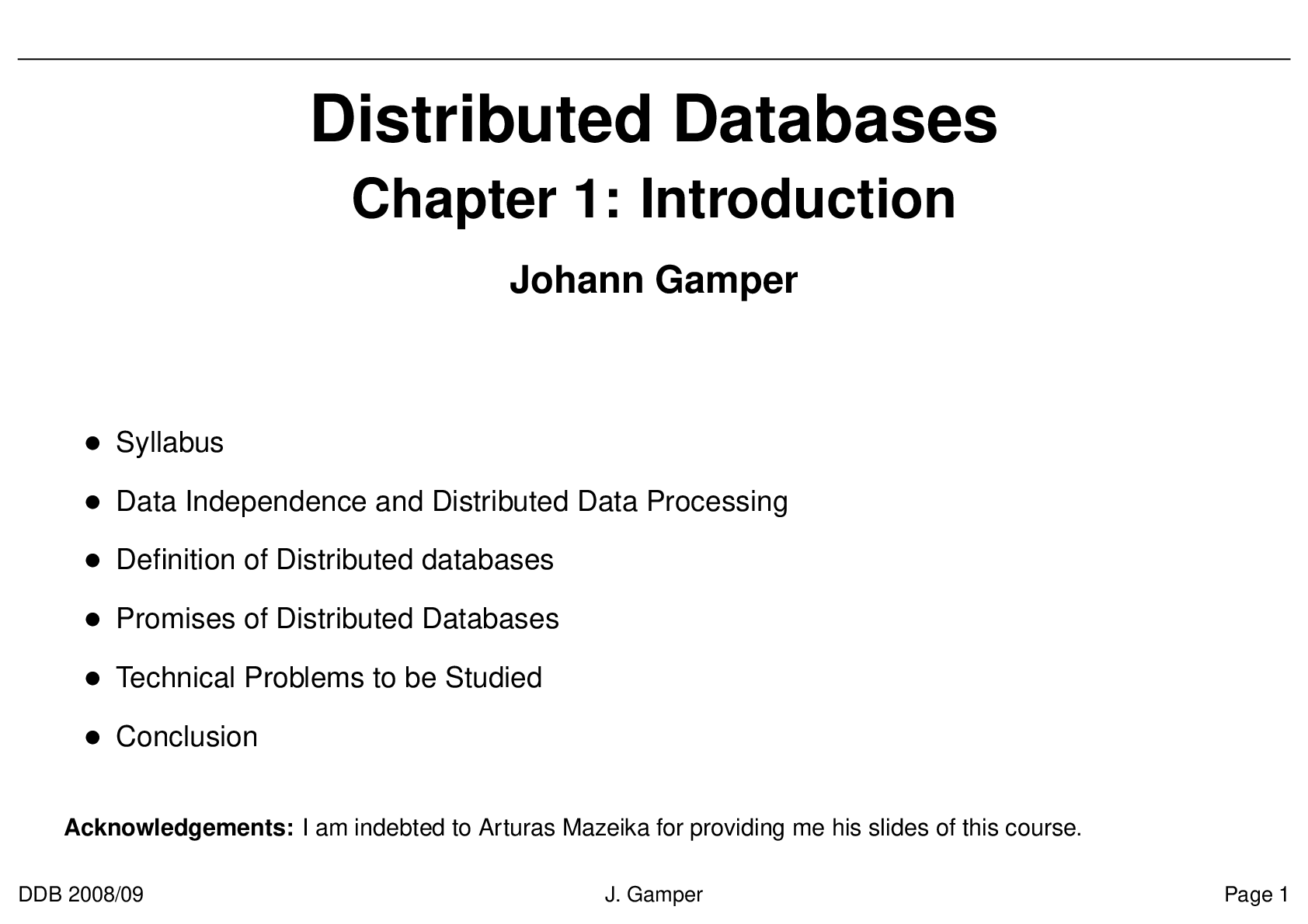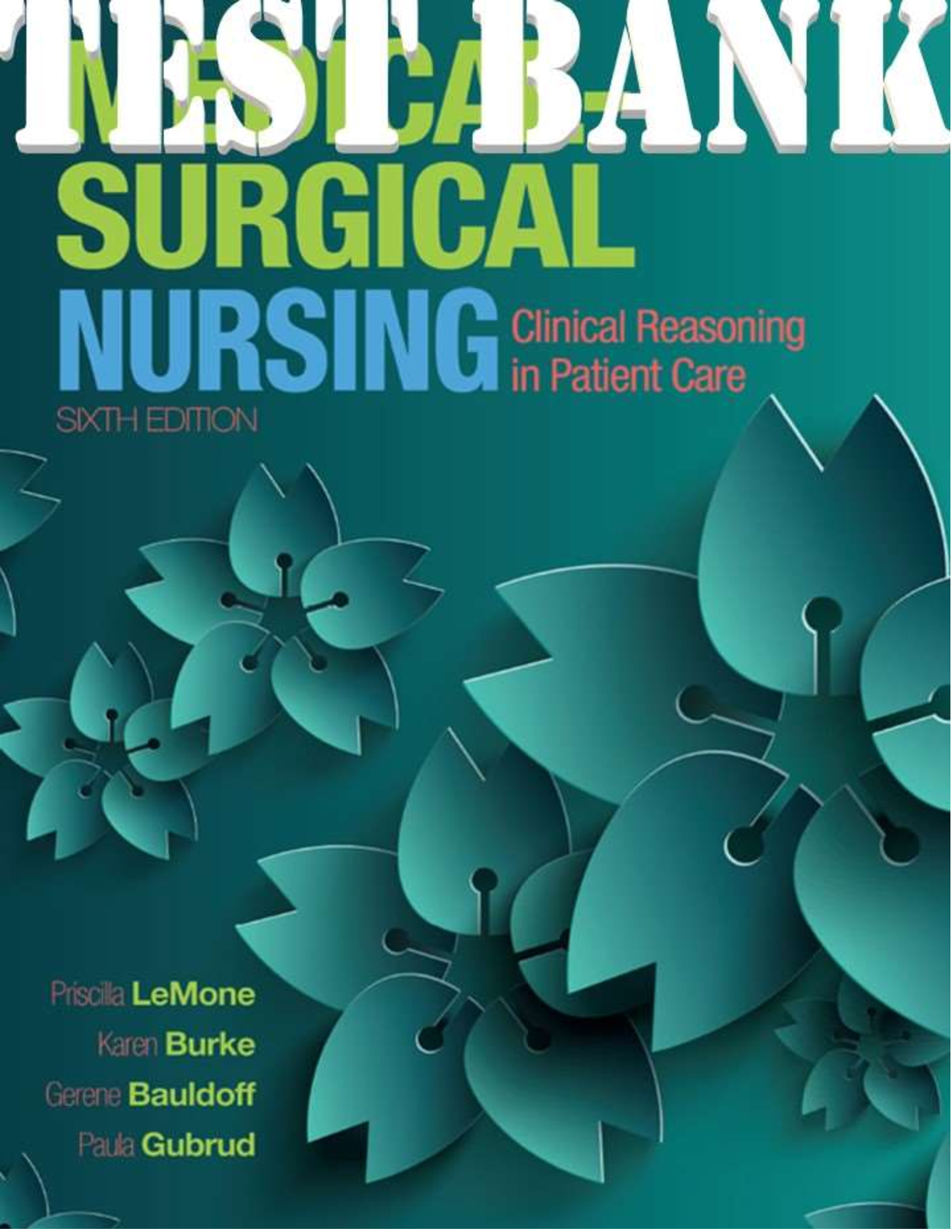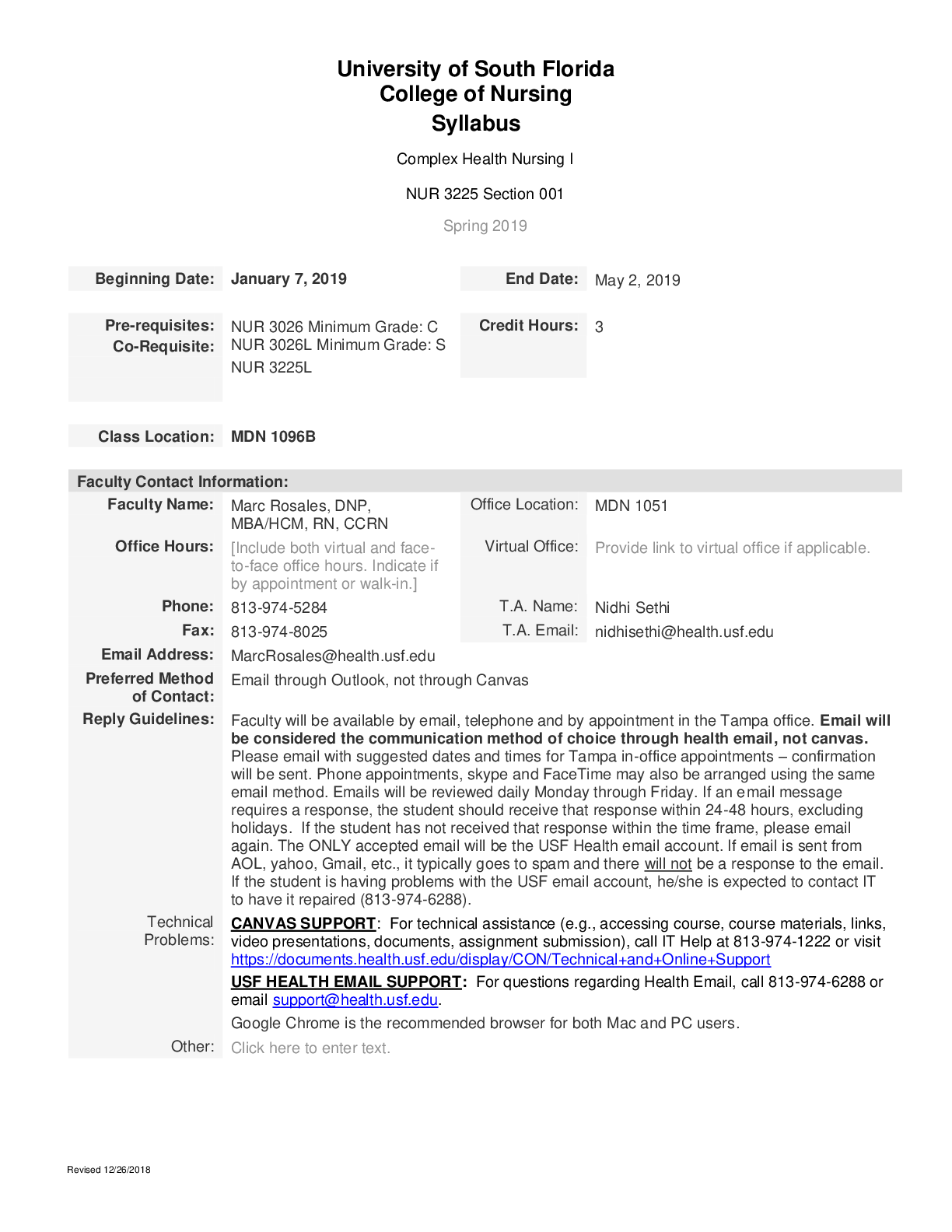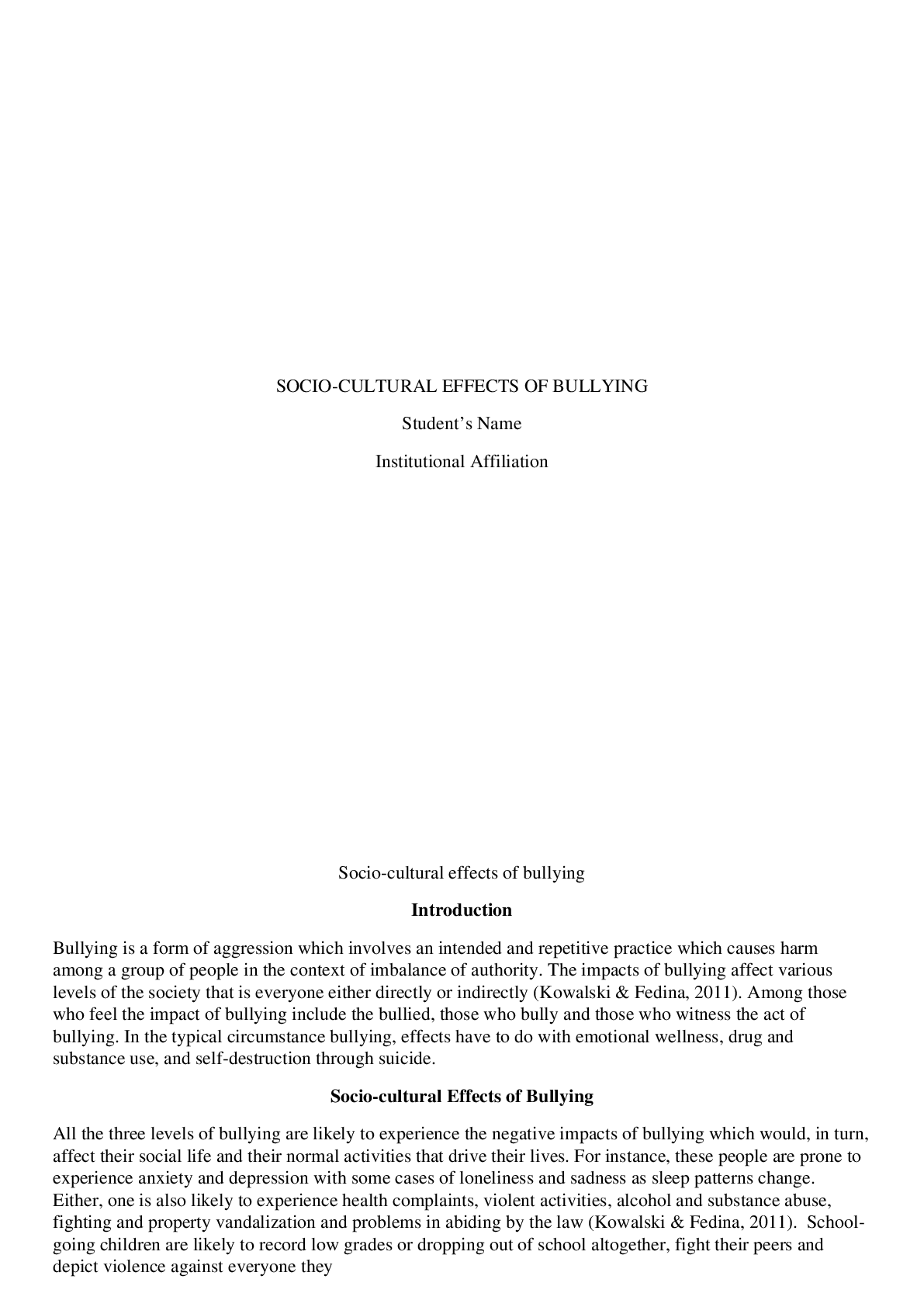Chemistry > Study Notes > ICP 349Agile_Project_Management_Final. (All)
ICP 349Agile_Project_Management_Final.
Document Content and Description Below
1.1 The art of project management Most project managers nowadays are beleaguered, overworked, and stressed because of their many pressing responsibilities. Some of them are required to deliver resul... ts in the face of shorter delivery cycles while dealing with demanding customers, bloated processes and controls, shrinking budgets, and corporate politics. Others need to innovate constantly in the face of global competition while managing downsized teams working with increasingly sophisticated technology. Although most of these managers remain positively motivated, much of the work they do takes a definite toll on the quality of their work, lives, and, consequently, on the results they can deliver. Unfortunately, and somewhat paradoxically, this hard work has not paid off in terms of value delivered to customers. Project managers spend as much as 40 to 50 percent of their time on activities that do not directly deliver customer value. Much of these project managers' time gets wasted on trivial process administration or administrivia: filling out multiple forms of questionable purpose, creating advance schedules and plans that are quickly outdated, conjuring up shaky estimates and budgets divorced from actual project data, and creating reams of documentation that creates illusory comfort and placates process watchdogs. Other wasted time is spent performing incredible acts of communication and coordination to cut through bureaucratic red tape: scheduling and holding meetings with disparate groups to enlist their understanding and cooperation, lining up external groups on which the project team depends, creating multiple reports for senior manager after senior manager, and seeking their contractual signoff and approval. In essence, the time spent working on the things that directly deliver something of value to customers is very little when compared with the time spent working on all the other things that project managers are required to do. Why is this happening? In trying to deliver customer value in turbulent environments, it seems that organizations have tilted too far in the direction of rigid control and cost optimization, and have unwittingly sacrificed customer value along with speed and flexibility in the process. 1.2 Customer Value The right product for the right price at the right time. The classic definition of customer value from Lean Thinking speaks volumes through its simplicity. The right product is the product with exactly the features that the customer wants. The right price is the price that the customerAGILE PROJECT MANAGEMENT believes is a fair deal. The right time is when the customer wants and is the essence of customer value. What must be done to address these issues and restore a focus on customer value? Agile methodologies, with their concept of business agility, offer a viable alternative to address project managers' wasted effort and to increase overall value. 1.3 What Is Agility In today's turbulent environment, organizations face many cost pressures, along with increasing customer sophistication and capriciousness. They need to identify, track, and maintain close relationships with their stakeholders and customers. They need to be able to manage uncertainty in these environments. With relentless cost-cutting and budget restrictions, they need to be able to do much more with much less. Fundamentally, above all else, these organizations need to create and deliver customer value. Agility is the ability to deliver customer value while dealing with inherent project unpredictability and dynamism by recognizing and adapting to change. It is the capability to balance stability with flexibility, order with chaos, planning with execution, optimization with exploration; and control with speed to deliver customer value reliably in the face of uncertainty and change. Agile methodologies, including eXtreme Programming (XP), Crystal, Scrum, and Feature-Driven Development (FDD), provide techniques for delivering customer value on software development projects while creating agility through rapid iterative and incremental delivery, flexibility, and a focus on working code. 1.4 Agile Methodology Agile methodologies advocate a "barely sufficient" or lean approach to avoid waste and increase responsiveness to change. Some of the basic techniques employed by Agile methodologies are as follows: Small releases. Work is divided into small chunks to manage complexity and to get early feedback from customers and end-users. New releases usually delivered in one to three months. Iterative and incremental development. Plans, requirements, design, code, and tests evolved incrementally through multiple passes or iterations, rather than through a single "waterfall" pass with lockdowns of each. Iterations are fixed length (usually around two weeks each) to maximize feedback, and fixed scope to retain stability. Collocation. All team members, including an on-site customer, are collocated in an open "bullpen or work cell" to facilitate face-to-communication and productive interactions. Dedicated team rooms also get provided for impromptu meetings, design sessions, and other formal and informal group activities. [Show More]
Last updated: 1 year ago
Preview 1 out of 85 pages
Instant download
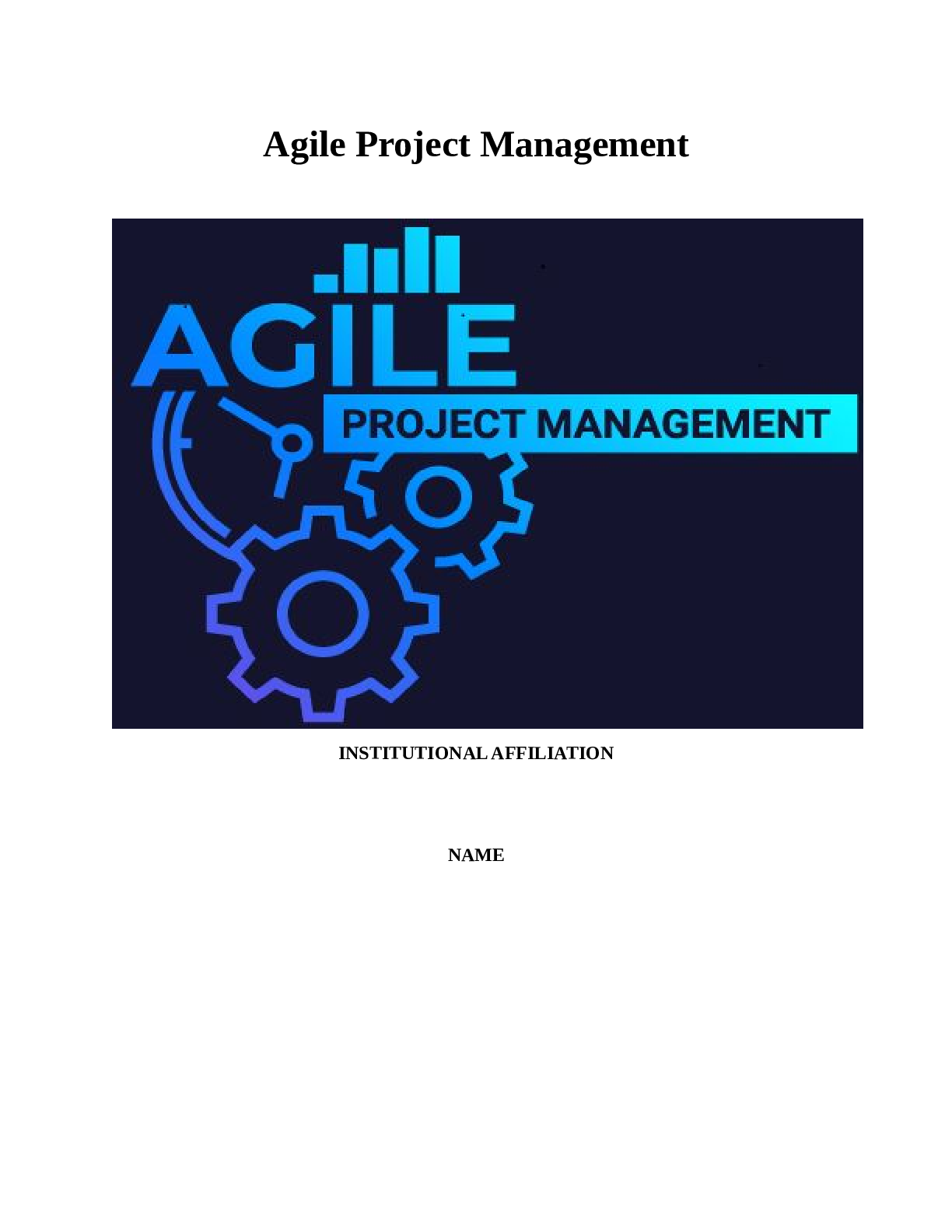
Buy this document to get the full access instantly
Instant Download Access after purchase
Add to cartInstant download
Reviews( 0 )
Document information
Connected school, study & course
About the document
Uploaded On
Sep 03, 2021
Number of pages
85
Written in
Additional information
This document has been written for:
Uploaded
Sep 03, 2021
Downloads
0
Views
50

.png)

.png)


